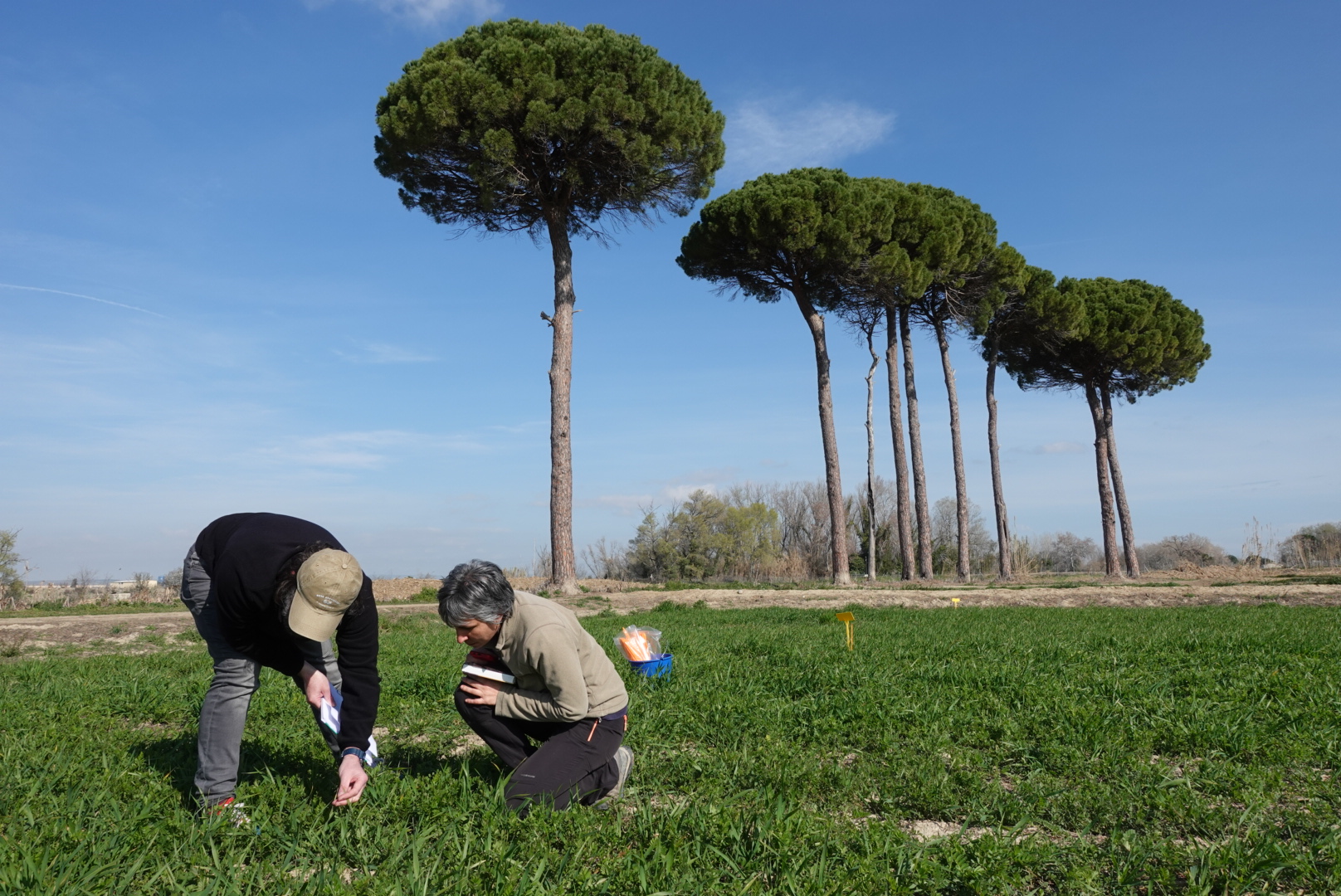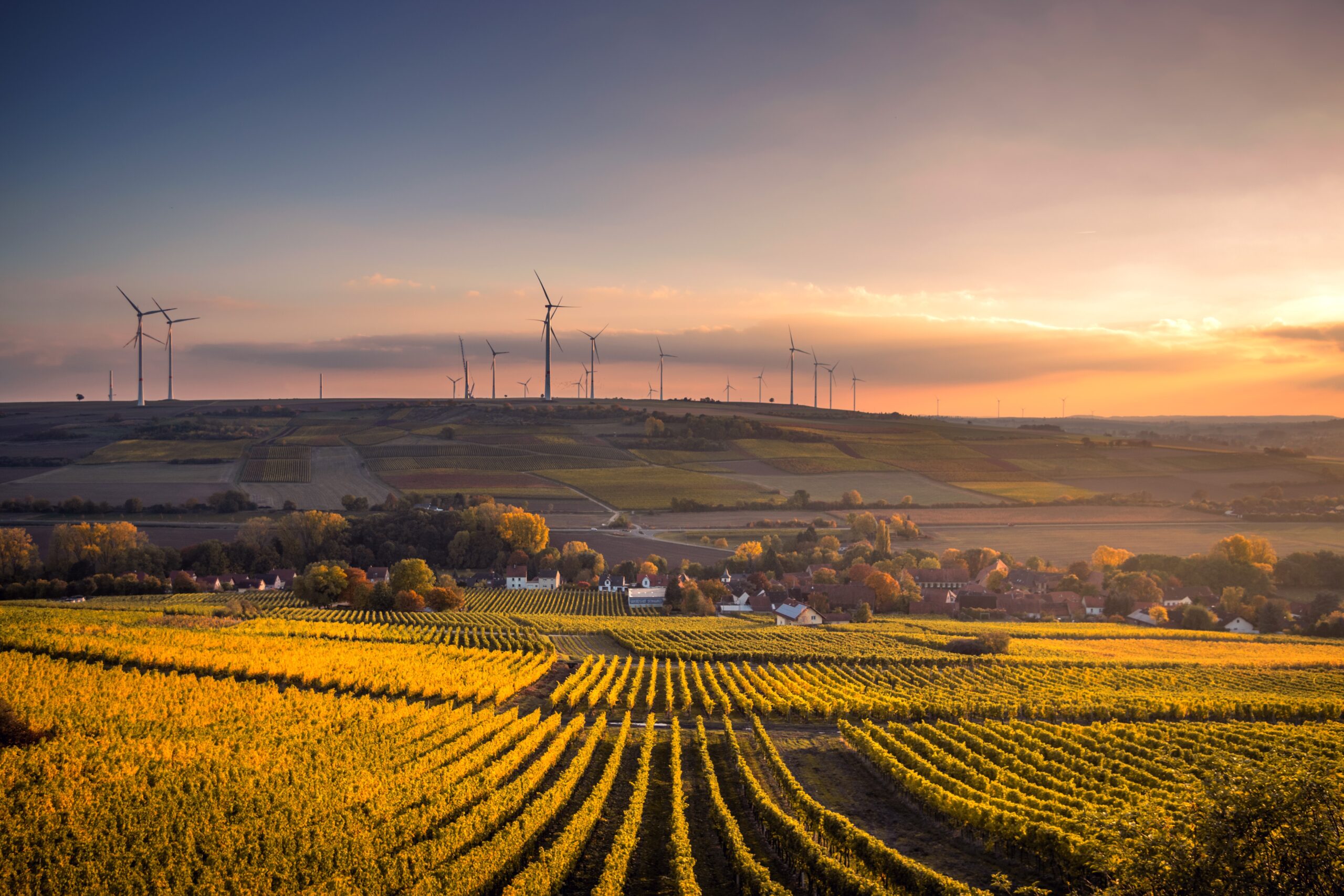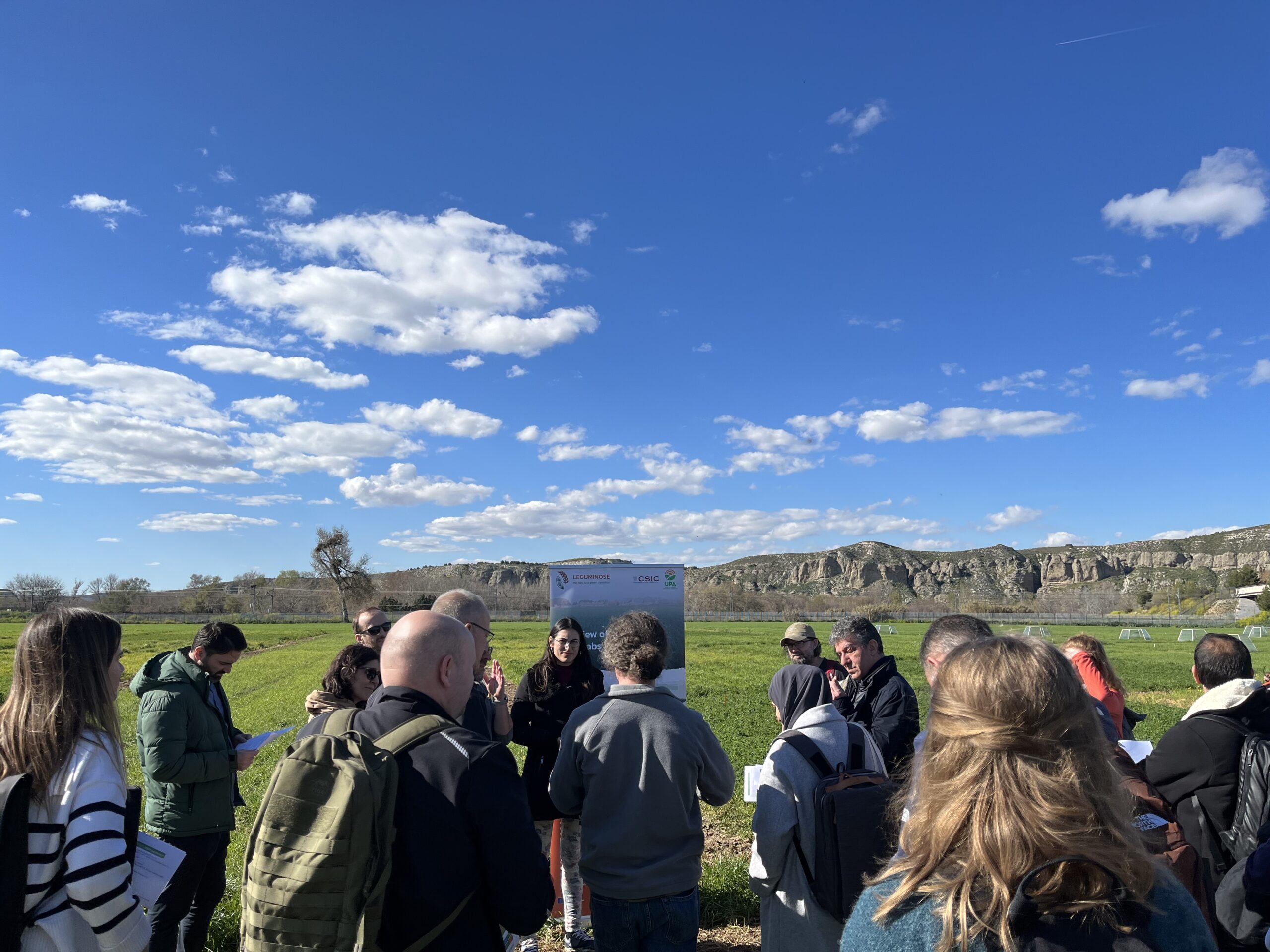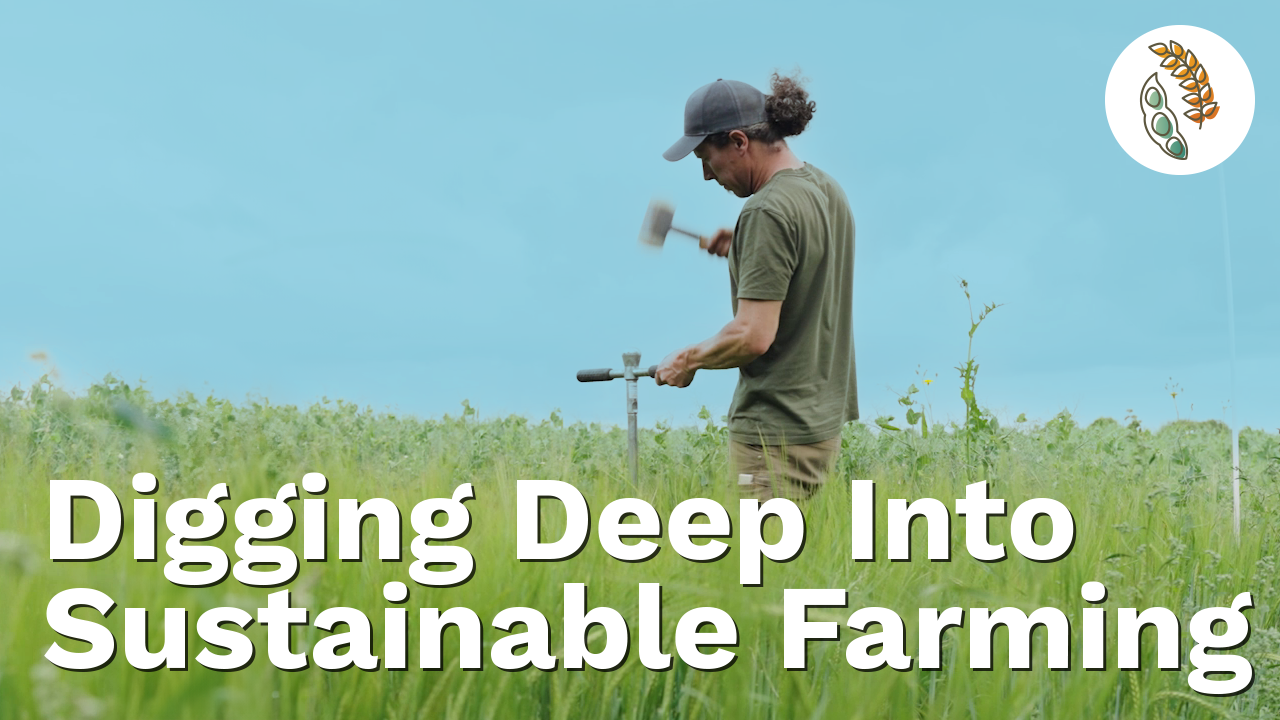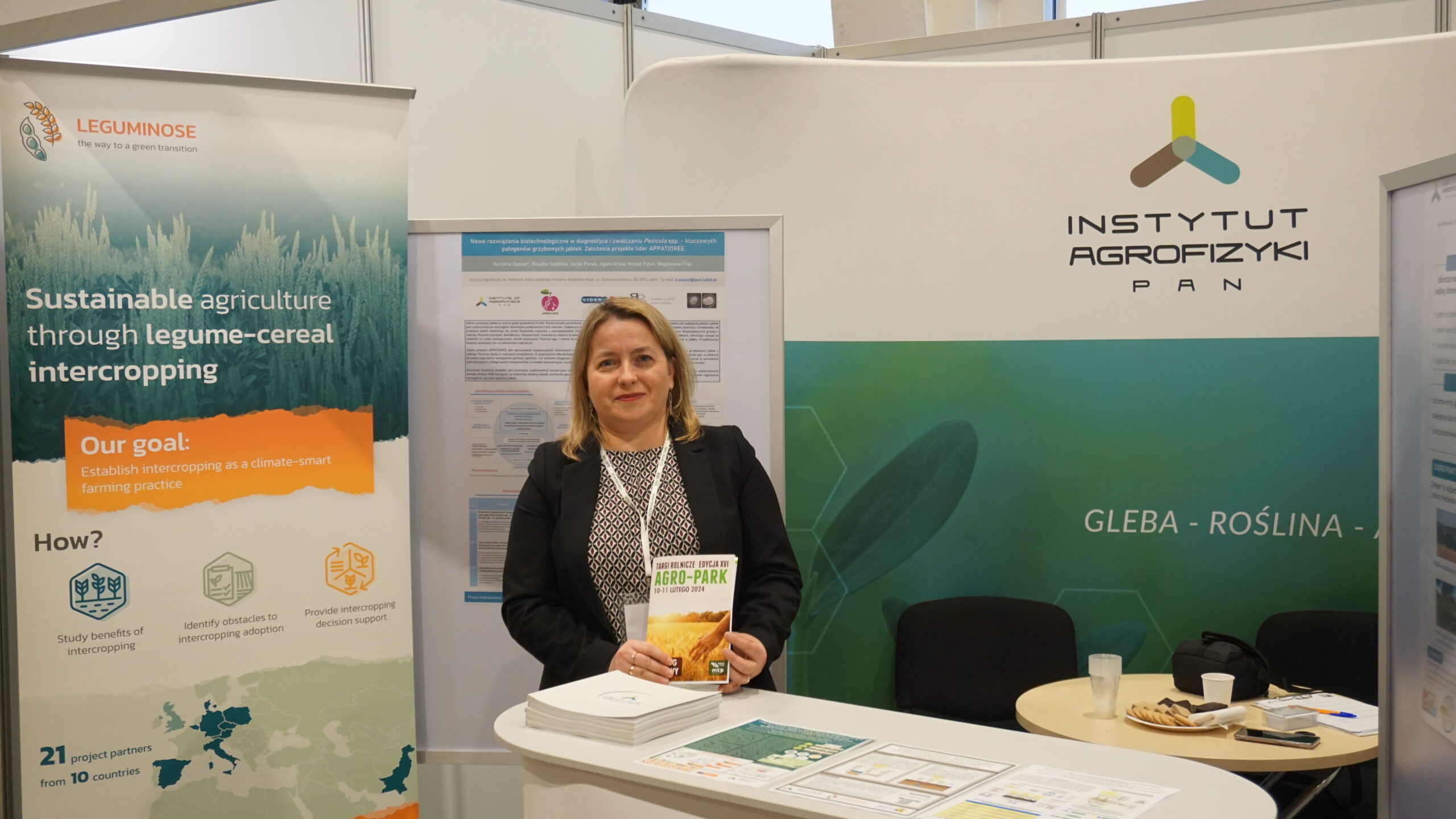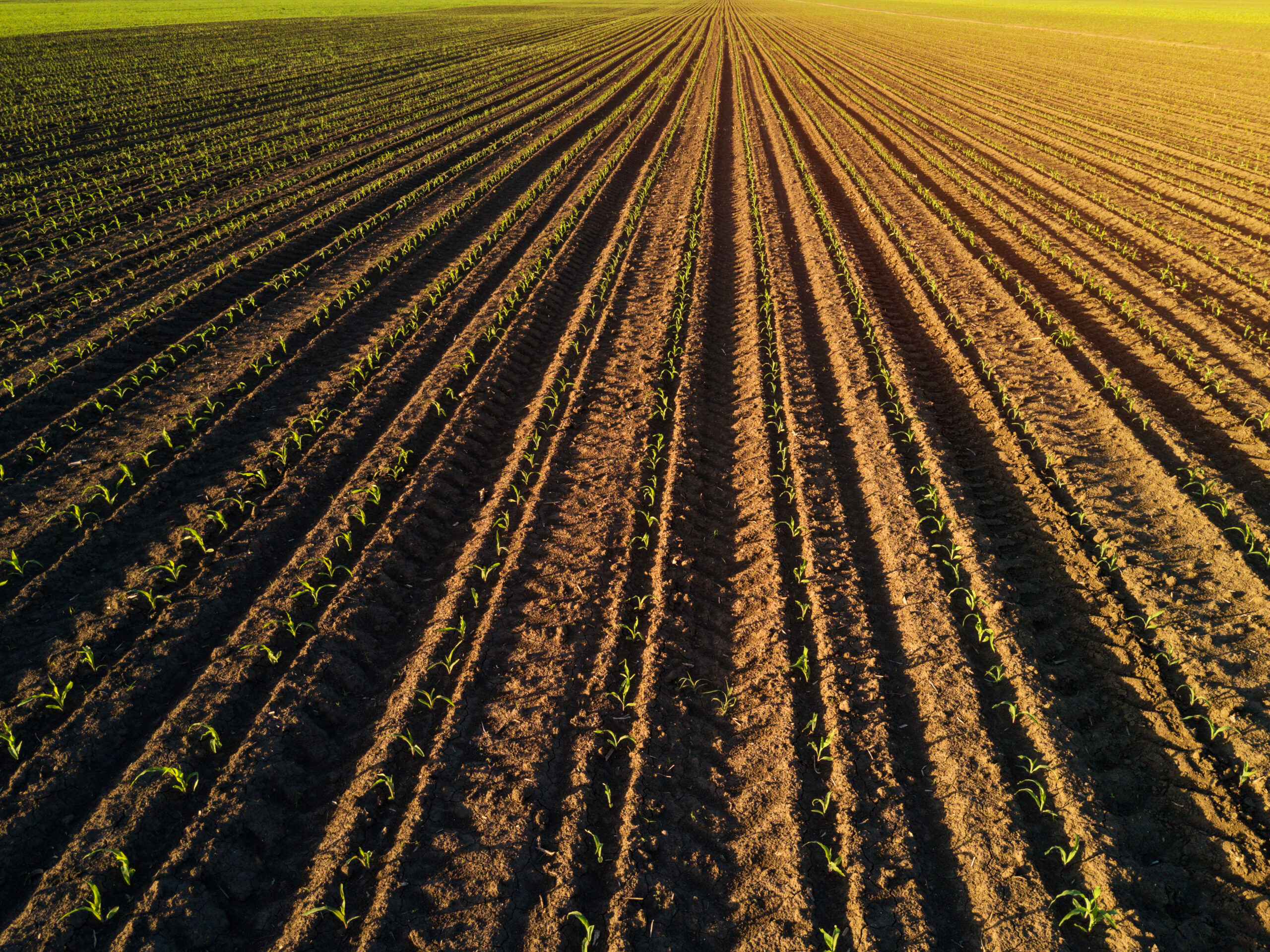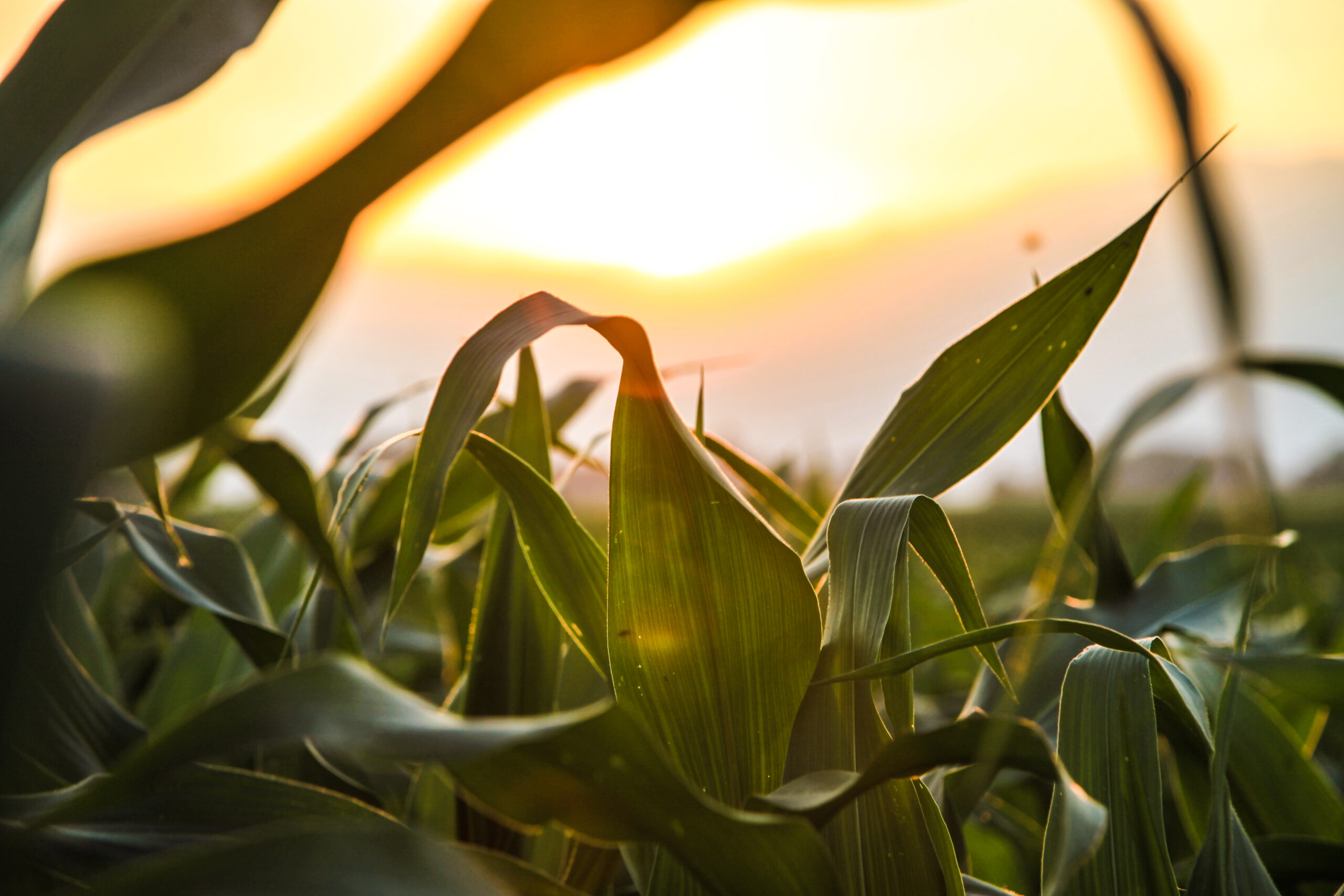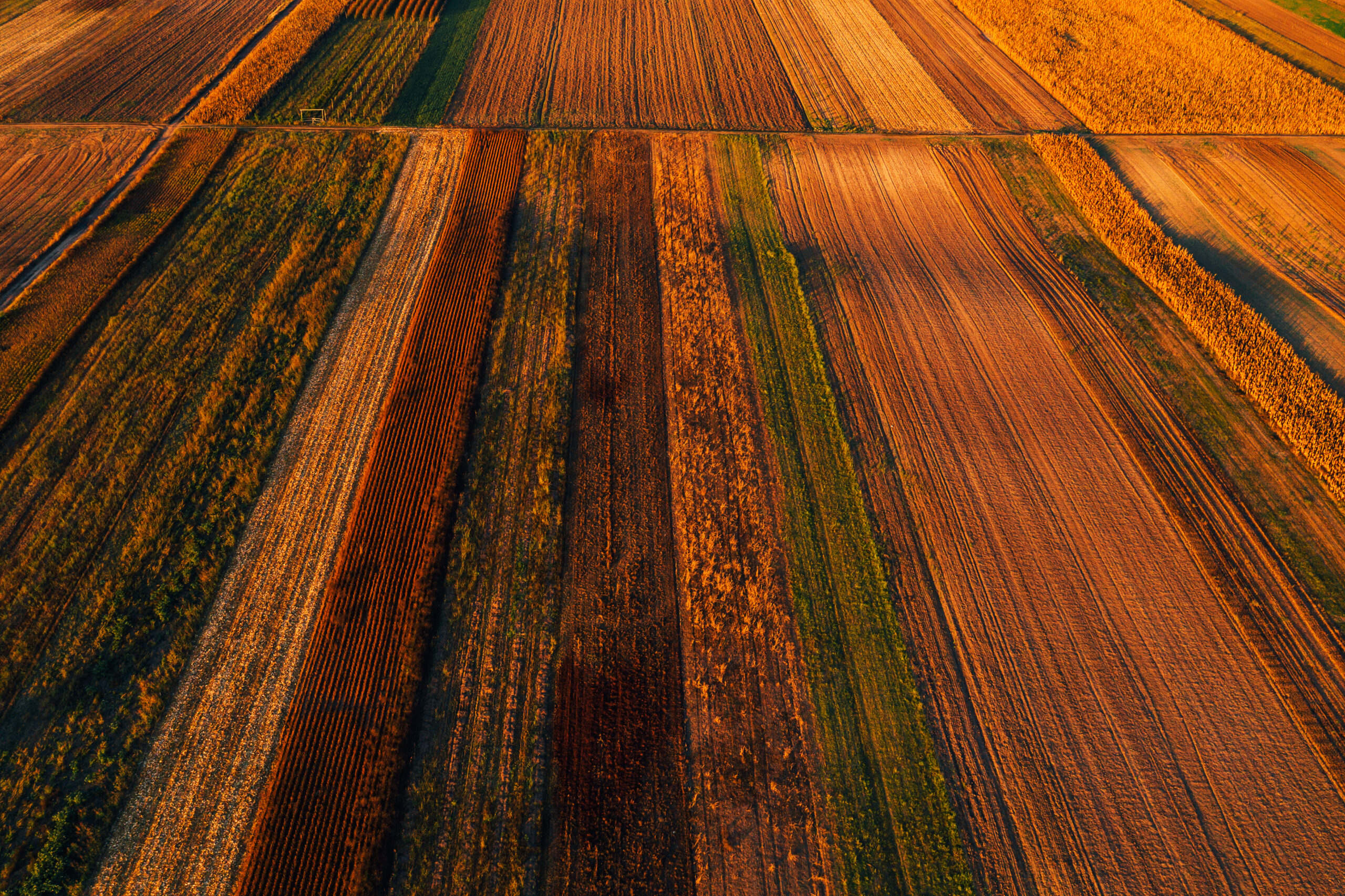Sustainable agriculture through legume-cereal intercropping
The LEGUMINOSE project will provide science-based, farmer-led, and economically viable systems and techniques for legume-based intercropping.

Play Video

What?
Legume-cereal intercropping is an agricultural technique where legume crops (such as beans or peas) are planted alongside cereal crops (such as wheat or barley) in the same field.
Why?
Intercropping provides multiple benefits for sustainable agriculture:

Improves soil health and resilience to stresses

Increases biodiversity

Maximizes land productivity

Reduces the need for synthetic fertilizers

Reduces the carbon footprint of arable farming

Bridging across disciplines and nation borders to provide innovative solutions for sustainable agriculture.
21 organizations from 10 countries
We bring together agronomists, soil microbiologists, plant biologists, geoscientists, computer scientists, policy and communication experts to tackle pressing issues in the agri-food sector and make the most of our land in a sustainable manner.
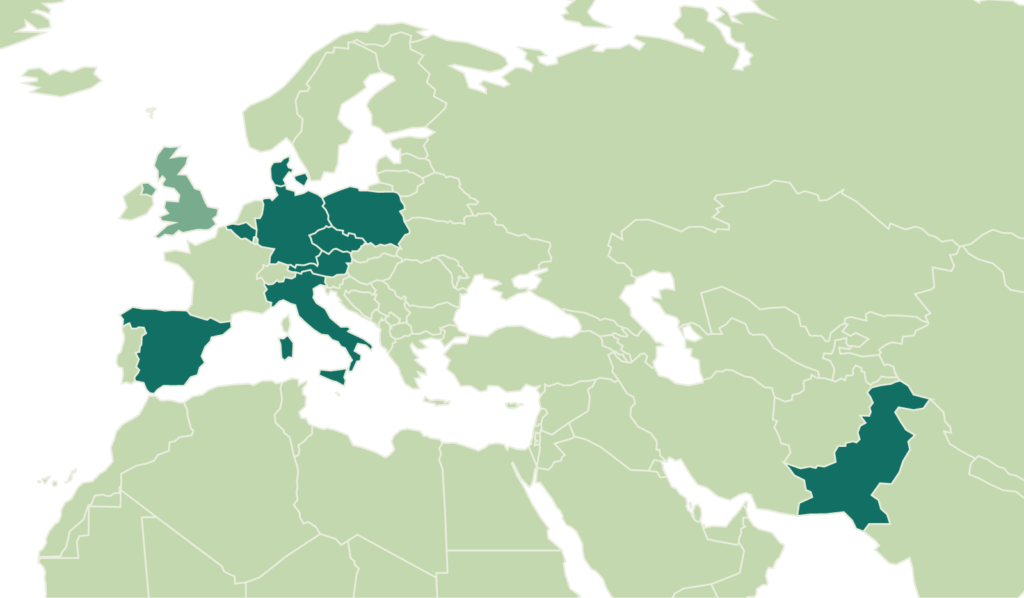
News and events
4 April 2024
Monitoring crop pests in intercropped fields
What effect does intercropping have on pests and diseases? We are conducting thorough analyses to find out.
Learn more
Learn more
18 March 2024
From field to future: The impact of living labs
Together with farmers, we are trying legume-cereal intercropping on 180 farms in 9 countries? But what exactly are living labs and how do they contribute to shaping sustainable agriculture?
Learn more
Learn more
11 March 2024
LEGUMINOSE project meeting in Spain
We recently met in Spain to discuss our progress. Let's recap our meeting.
Learn more
Learn more
27 February 2024
What does sustainable agriculture research look like?
Across Europe, our scientists are digging deep into the soil to explore the potential of intercropping for fostering a more sustainable agriculture. Learn more about the samples they are taking
Learn more
Learn more
20 February 2024
Promoting sustainable agriculture practices at Agro Park 2024
We recently took part in the dynamic Agro Park agricultural fair, where our Polish partners showcased our commitment to advancing sustainable agriculture through intercropping.
Learn more
Learn more
10 January 2024
An alternative to monoculture: Intercropping
In agriculture, two is better than one: Growing two (or more) crops is a sustainable alternative to monoculture. A new article on CORDIS highlights our goal to raise awareness and
Learn more
Learn more
8 January 2024
Intercropping: a beacon of hope for sustainable agriculture
A new article on Illuminem, featuring our project, explains the potential of intercropping to reconcile economic interests and environmental sustainability.
Learn more
Learn more
20 December 2023
We can learn from the past to make agriculture more sustainable
A new article on RealClearScience explains the benefits of intercropping and provides insights into first results from one of our UK field trials.
Learn more
Learn more
